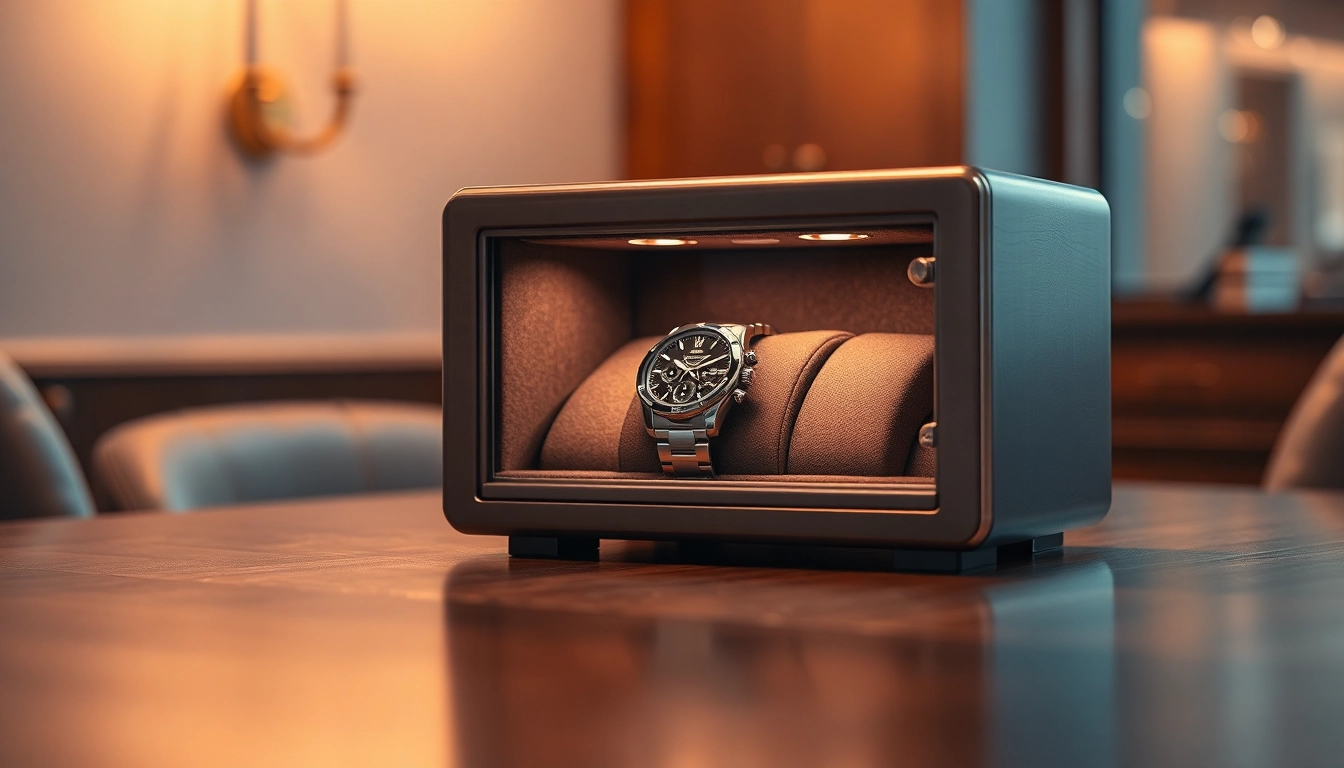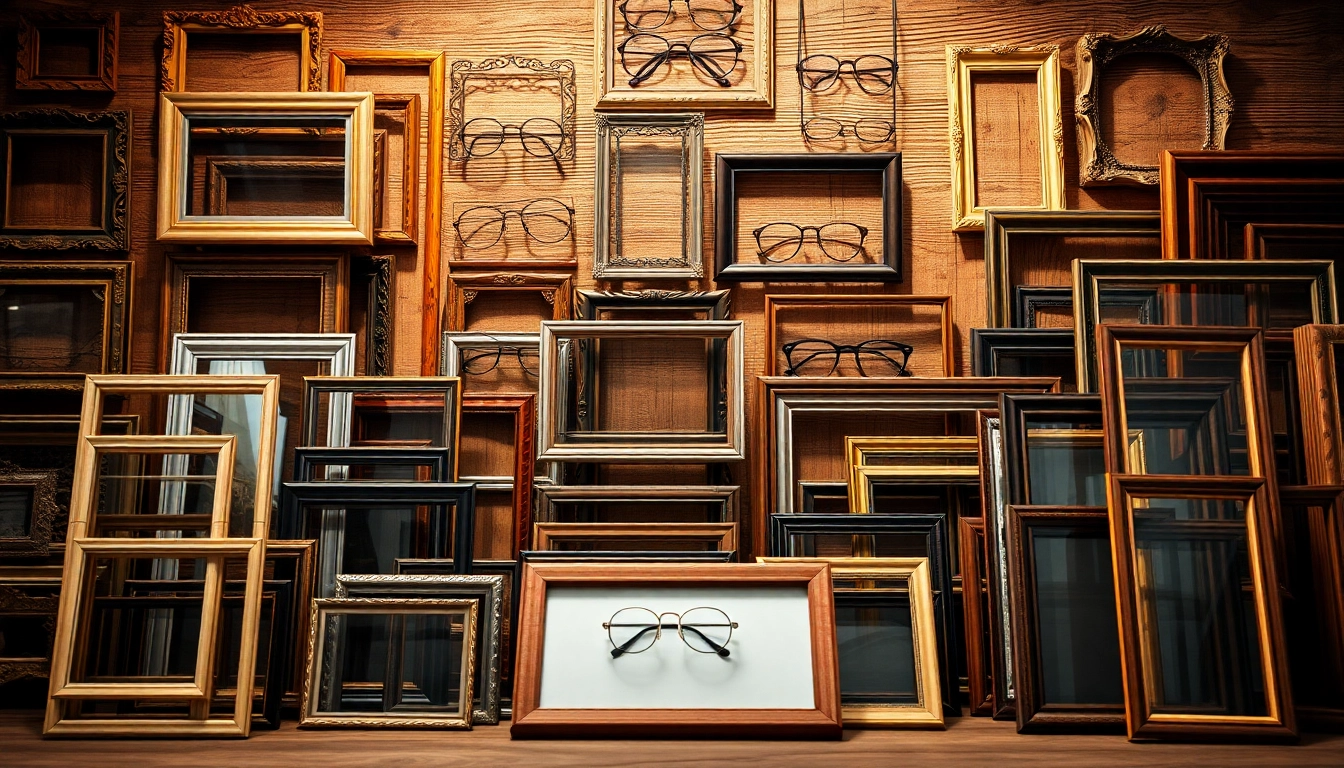Understanding the Importance of a Watch Safe
Watches are more than just timekeeping devices; they often hold significant personal value, represent craftsmanship, and sometimes are substantial financial investments. In today’s world, where theft, damage, and loss are prevalent, securing your watch collection is paramount. This is where a watch safe comes into play. It not only provides security but also peace of mind, ensuring your precious timepieces remain in pristine condition.
Why Invest in a Watch Safe?
Investing in a watch safe is a vital decision for any watch collector or enthusiast. Here are several key reasons:
- Protection from Theft: With a watch safe, you greatly reduce the risk of theft. Many safes come with advanced locking mechanisms, making it incredibly difficult for potential thieves to access your collection.
- Protection from Damage: Watches can be delicate and susceptible to damage from environmental factors like humidity, dust, and even physical impacts. A watch safe provides a controlled environment, reducing the risk of damage.
- Organizational Benefits: A well-designed watch safe often includes compartments or slots for different timepieces, allowing for easy organization and access.
- Value Retention: Maintaining your watches in a secure and suitable environment helps retain their value over time, making it a wise investment for future resale.
Types of Watches That Require Secure Storage
While all watches can benefit from secure storage, some types demand it more than others:
- Luxury Watches: High-end brands often come with hefty price tags. Investing in a safe for these timepieces is essential to protect your investment.
- Unique or Vintage Models: Watches that are rare or hold sentimental value should be secured in a safe to prevent loss.
- Smartwatches: As they often contain valuable tech components, smartwatches should also be securely stored to avoid theft or damage.
Common Threats to Your Watch Collection
Being aware of potential threats can help you safeguard your collection more effectively:
- Theft: Home burglaries are a common concern, especially for individuals with valuable collections.
- Environmental Damage: Factors such as heat, humidity, and dust can degrade watches over time.
- Accidental Damage: Clumsiness or carelessness can lead to scratches, dents, or other forms of damage if watches are left unprotected.
Key Features to Look for in a Watch Safe
When selecting a watch safe, specific features can enhance its effectiveness and convenience:
Security Ratings and Standards for Safes
Understanding security ratings is crucial. Most safes are categorized according to industry standards:
- TL-15: Provides moderate exterior protection and can withstand a determined effort to breach for 15 minutes.
- TL-30: Offers a higher level of security, able to withstand attacks for 30 minutes.
- UL Ratings: Look for safes rated by Underwriters Laboratories, which signify tested durability and protection against burglaries and fire damage.
Locking Mechanisms: What You Need to Know
The locking mechanism plays a crucial role in the overall security of a watch safe. The most common types include:
- Key Locks: Traditional yet reliable, these require physical keys and are generally lower in cost.
- Combination Locks: Often seen as more secure than key locks, these use an alphanumeric system.
- Electronic Keypads: For ease of access, electronic keypads allow for quick entry but require battery maintenance.
- Smart Locks: These are increasingly popular, allowing access via smartphones or biometric features.
Interior Design for Optimal Storage
The interior organization of your watch safe is just as critical as its security features. Key design elements to consider include:
- Watch Winders: If you have automatic watches, look for safes equipped with watch winders to keep your watches in working order.
- Soft Linings: An interior lined with felt or velvet will prevent scratches and other damage to your watch dials and bands.
- Customizable Compartments: Adjustable sections that cater to various sizes of watches help to keep them organized and secure.
Maintaining Your Watch Safe
Owning a watch safe is just the beginning; it requires ongoing maintenance to ensure longevity and security:
Regular Care and Cleaning Tips
Keeping your safe clean maintains its appearance and can prevent issues caused by dust accumulation. Here are some effective practices:
- Dust Regularly: Use a microfiber cloth for dusting the exterior and interior of your safe.
- Check for Moisture: Ensure there are no signs of moisture buildup, which can affect the quality of the watches.
- Inspect Locks: Regularly check the functionality of your locking mechanism to ensure it works correctly.
How to Check the Integrity of Your Watch Safe
Routine checks can help you guarantee the safety and security of your timepieces:
- Inspect for Damage: Periodically inspect the safe for dents or rust that could compromise security.
- Test the Lock: Regularly test the locking mechanism and replace batteries in electronic models as needed.
Common Issues and Their Solutions
Awareness of common issues can help you resolve them promptly:
- Lock Malfunction: If locked, double-check alignment and try resetting the locking mechanism.
- Humidity Issues: If moisture is a concern, consider using silica gel or a dehumidifier inside the safe.
Comparing Different Watch Safe Brands
When contemplating a watch safe, it’s essential to compare various options to find the right fit for your needs:
What to Expect from High-End Watch Safes
High-end safes typically offer a range of premium features:
- Superior Materials: Luxurious finishes made from materials like steel, wood, or leather.
- Advanced Security Features: Enhanced locking mechanisms and intrusion alarms.
- Custom Designs: Tailored solutions to match specific watch collections or home styles.
Budget-Friendly Options: Pros and Cons
While budget-friendly safes provide basic security, it’s essential to weigh their pros and cons:
- Pros: Affordable prices and sufficient security for lower-value watches.
- Cons: Limited features and potentially lower material quality.
User Reviews: Real Experiences with Watch Safes
Feedback from other users can provide insight into potential performance and reliability issues. Look for details on:
- Ease of Use: Consider how easy the safe is to operate and access for daily use.
- Long-Term Durability: Insights into how the safe holds up over time are essential for long-term investment considerations.
Best Practices for Using Your Watch Safe
Knowing how to use your watch safe optimally ensures that your collection remains secure:
Organizing Watches for Easy Access
A systematic approach to organizing your watches enhances both accessibility and protection:
- Sort by Type: Group watches by style, brand, or usage to simplify accessibility.
- Label Compartments: If the safe allows, label compartments for quick identification.
Monitoring and Recording Your Collection
Keeping a detailed record of your collection can prevent loss and aid in insurance claims:
- Create an Inventory: Document details such as purchase date, price, and conditions of watches.
- Photograph Your Watches: Taking clear photos can serve as visual evidence for tracking and insurance purposes.
When to Upgrade Your Watch Safe
Recognizing when it’s time for an upgrade allows you to keep your collection safe:
- Increased Collection Size: If your collection grows significantly, consider a larger or more secure safe.
- Changes in Value: If the value of your collection increases, upgrading to a safer with improved security features is recommended.



